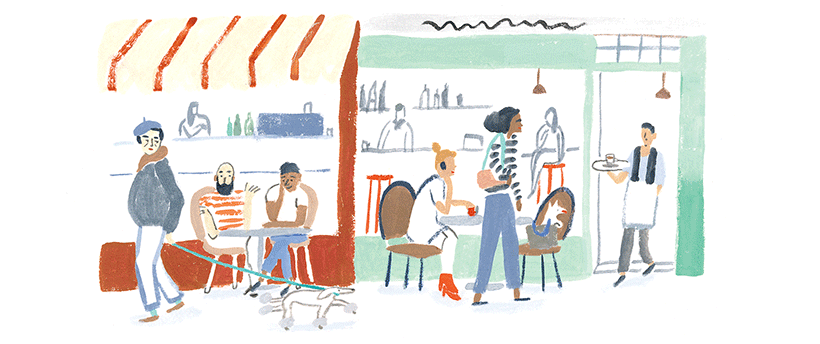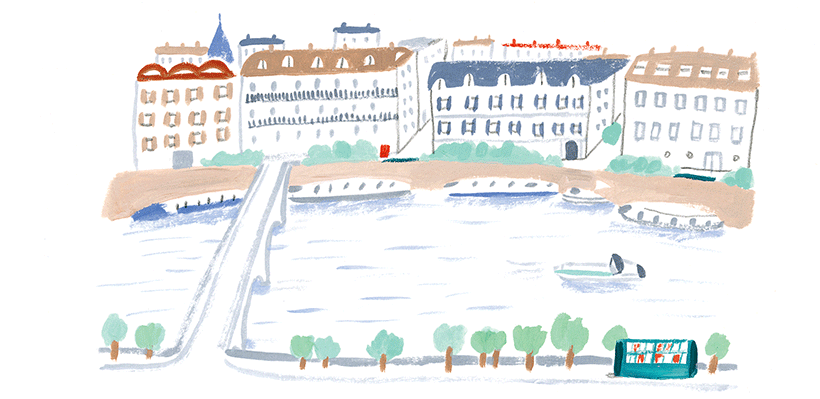Take Your Time: A Flâneur’s Guide To Paris
These are categories of sites that continuously flesh out my memories of a city I’ve visited dozens of times since the 1960s. The French capital has changed, as have many “global cities,” but somehow, and thank goodness, it struggles to remember itself, so that, for those who love it, Paris remains “a moveable feast.”
Cemeteries

There’s no more fascinating place to learn about messy French history than in Paris’s large cemeteries. Here, you will find the graves or monuments for most of France’s artists, writers, politicians and performers—both the heroes and the dastardly, the narcissistic and the modest. These spaces are peaceful, beautifully landscaped and often the meeting place for quiet moments of conversation and rumination. My favorites: Père Lachaise, Montmartre, Montparnasse. Try to get lost, but always ask for the map of “favorite” graves at the entrances.
Café Terraces

During the 19th century, when Baron Haussmann reconfigured the main thoroughfares of the French capital, he did not forget the pedestrian. Very wide sidewalks suddenly emerged alongside the Boulevards Strasbourg and St. Michel. Café owners saw a boon: more space. So was born the sidewalk café. Now the streets are wider (thanks to the automobile), and the sidewalks narrower, but there are still hundreds of cafés where one can sit all day, ordering a coffee or two, a glass of wine or three. “The prices are outrageous,” say the tourists. Ah, but you’re paying rent to sit with your feet up as long as you like in one of the world’s most expensive cities. One caveat: Parisian cafés only allow smoking outside, so the wafting odor of a Gitane could add to your experience.
Banks Of The Seine

Parisians love this river that flows sinuously through their midst. Beginning in Burgundy, and reaching the English Channel 777 kilometers further at Le Havre and Honfleur in Normandy, the Seine is one of the busiest fluvial highways in Europe. Paris has honored it by situating at its edge the city’s most striking and important monuments and buildings. Houseboats, barges, floating restaurants, beautiful bridges and the sound of lapping water keep the flâneur’s attention for long walks. And now there’s even a city “bus” that is water-borne.
City Busses

The Paris Metro system is the best in the world: clean, efficient and easy to navigate. To get from one place to the next quickly, take it. But to have a cheap tour (about $2) of any part of the city, take the bus. The bus routes cross the city east, west, north and south in all sorts of configurations. The stops read like the history of Paris, with well-known and entirely forgotten names. Climb hills (yes, there are hills in Paris), go under tunnels, pass all the great monuments—all at public expense.
Bookstores

France has protected its booksellers: Amazon et al. may not undersell any bookstore by more than 5 percent, so every few blocks, you’ll find one, privately owned, and each different from the other, and many with English sections. My favorite is the incomparable Shakespeare and Company on the Quai Montebello, right across the Seine from Notre-Dame Cathedral. This 50-plus-year-old emporium has multiple floors and cubbies filled with new, used and rare books. Writers are especially welcomed.
Ronald C. Rosbottom: Winifred L. Arms Professor in the Arts and Humanities and Professor of French and European Studies